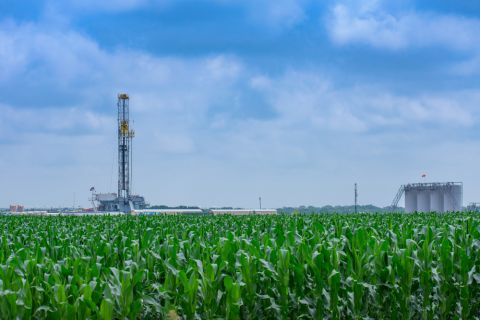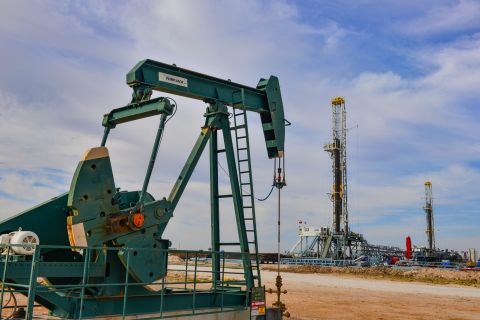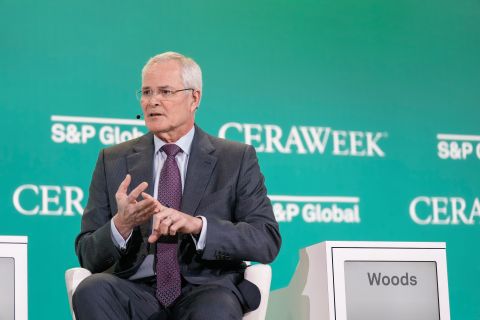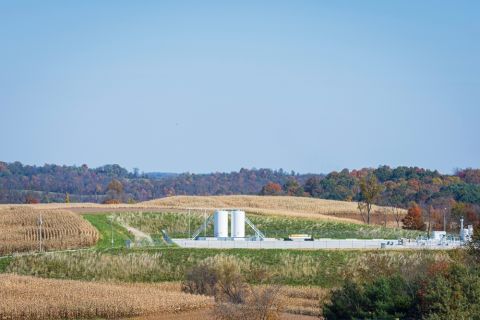Belgium-based electrolyzer manufacturer John Cockerill Hydrogen is entering the U.S. with plans to establish a gigafactory capable of producing 1 gigawatt (GW) of electrolyzers per year in the Houston area, the company said this week.
The company, which designs and builds pressurized alkaline electrolyzers, said Oct. 25 it acquired a manufacturing space in Baytown, Texas, where it will retrofit existing buildings with new equipment. The company also has a head office in Houston.
Electrolyzer production at the Baytown facility is expected to start as early as third-quarter 2024, the company said.
John Cockerill Hydrogen’s U.S. arrival comes as the Biden administration works to increase production of clean hydrogen to 10 million metric tons (MMmt) by 2030, rising to 50 MMmt by 2050, according to the U.S. National Clean Hydrogen Strategy and Roadmap. Making the U.S. attractive to developers is the ability to capture federal tax credits, including an advanced manufacturing tax credit for up to 30% of qualified investments for certain projects.
“With an existing energy ecosystem comprised of competitive natural resources, a highly skilled talent base and existing infrastructure, Houston was the natural choice for our entry to North America,” Nicolas de Coignac, president of the Americas for John Cockerill, said in a news release.
John Cockerill Hydrogen is a subsidiary of John Cockerhill Group, a privately-owned technology company operating in the U.S. since 2005.
Here’s a look at other renewable energy project news this week:
NY Awards Conditional Contracts for 6.4 GW in Renewable Projects
NextEra Gears Up for Wind Repower Projects as Renewables Backlog Grows
Energy Storage
Battery Manufacturer Breaks Ground on $1.2B Facility in Arizona
American Battery Factory (ABF) broke ground on a $1.2 billion lithium iron phosphate battery cell gigafactory in Tucson, Arizona, the company said on Oct. 26.
Located on 267 acres in Pima County’s Aerospace Research Campus, the 2 million-sq-ft facility will be the largest facility manufacturing lithium iron phosphate battery cells when it is complete. Arizona-based ABF, working with Sprung Instant Structures, aims to have the first phase of construction complete by 2025. The facility will utilize Honeywell’s automation and process safety technology, according to a news release.
“ABF enters the market at a historic inflection point, with the global market for lithium batteries expected to reach $105 billion by 2025 and the demand set to increase 10 times over the next decade,” the company said.
ABF said it also plans to locate its headquarters and an R&D center at the site, providing about 1,000 jobs with a $3.1 billion economic impact in Arizona.
India’s EAM to Build $650MM EV Battery Materials Plant in US
India’s Epsilon Advanced Materials (EAM) plans to open a $650 million battery materials and components plant in North Carolina in 2026 that could eventually supply up to 1.1 million electric vehicles in the U.S., the company said on Oct. 26.
Mumbai-based EAM, a unit of Epsilon Carbon, said it will make anodes, the negative electrodes in batteries, from both natural and synthetic graphite. EAM, which also plans to make synthetic graphite at the plant, said it is in discussions with suppliers about sourcing raw materials, including natural graphite.
The manufacturing plant will be located in Brunswick County, southwest of Wilmington, and will be part of the EV battery hub developing in the state.
EAM said it is in advanced talks with several battery manufacturers to buy its products, but did not name the companies.
Hydrogen
Duke Energy Plans to Build ‘End-to-End’ Hydrogen System in Florida
Florida-based Duke Energy will build a demonstration project to create clean energy using an end-to-end system that produces, stores and combusts electrolytic hydrogen, the company said on Oct. 27.
Located in DeBary, Florida, the project will use solar energy produced by the 74.5-megawatt (MW) DeBary solar plant to power two 1-MW electrolyzer units to split water molecules into hydrogen and oxygen. The oxygen will be released into the atmosphere, while the hydrogen will be delivered to reinforced containers for storage, Duke Energy said in a news release. When energy demand is high, the stored hydrogen will be sent to a combustion turbine upgraded with GE Vernova technology to run either on a gas/hydrogen blend or 100% hydrogen.
“Duke Energy anticipates hydrogen could play a major role in our clean energy future,” said Regis Repko, senior vice president of generation and transmission strategy for Duke Energy. “Hydrogen has significant potential for decarbonization across all sectors of the U.S. economy. It is a clean energy also capable of long-duration storage, which would help Duke Energy ensure grid reliability as we continue adding more renewable energy sources to our system.”
Construction is scheduled to begin later this year, completed within one year and functioning in 2024.
Project partners include GE Vernova and Sargent & Lundy, a power and energy company that specializes in grid modernization.
Belgium’s DEME to Invest $3B in Egypt Hydrogen Project
The first phase of DEME’s investments in Egypt’s Gargoub Port green hydrogen project will be worth $3 billion, Egypt’s cabinet announced Oct. 25.
CEO Luc Vandenbulcke said DEME is interested in expanding green hydrogen projects in Egypt in a meeting with Egypt’s Prime Minister Mostafa Madbouly, the cabinet said in a statement.
The project will be developed in three phases, it added.
RELATED: Billion-dollar Backlogs Get Bigger for Linde, Air Liquide
Solar
TotalEnergies Starts Production on its Largest-to-date US Solar Farm
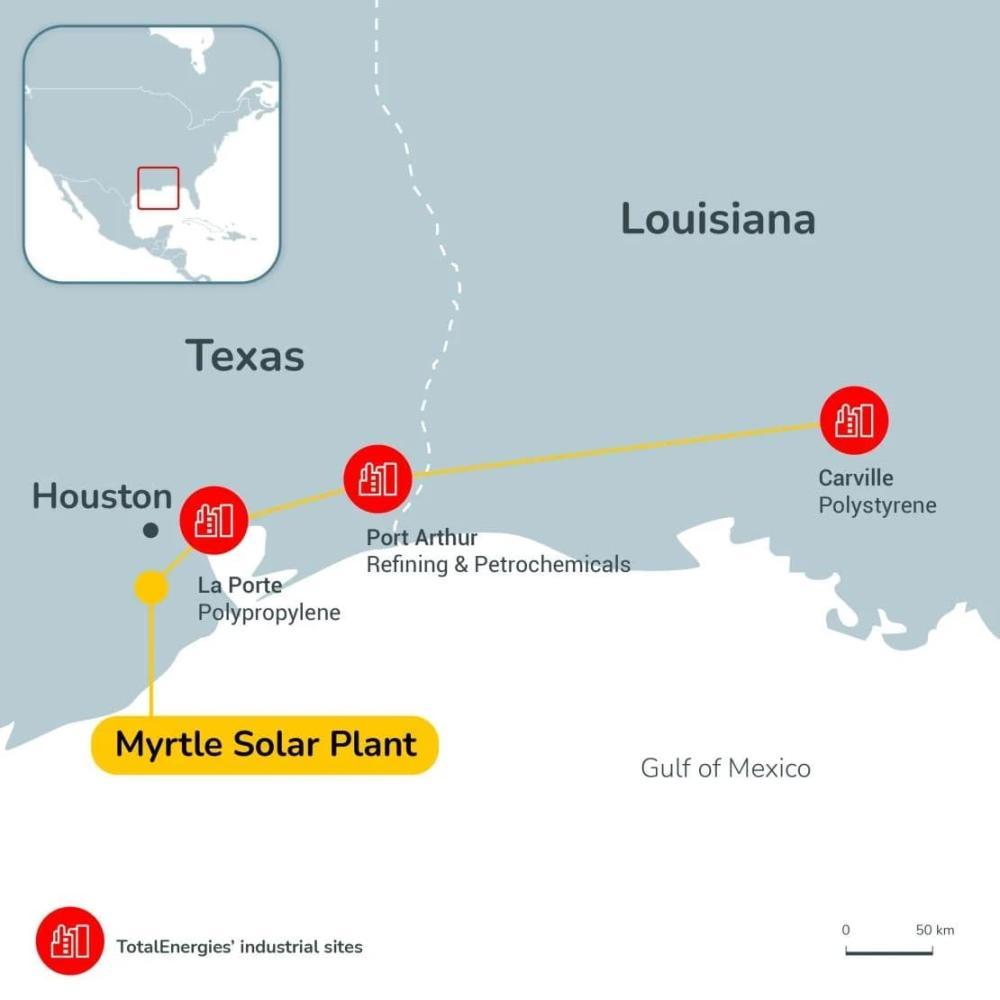
TotalEnergies began commercial operations of Myrtle Solar, its largest-to-date operated utility-scale solar farm in the U.S., the company said on Oct. 24.
Located south of Houston, Myrtle has a capacity of 380 MW peak of solar production and 225 megawatt-hours of co-located batteries, according to a release. With 705,000 ground- mounted photovoltaic panels installed—spread over an area equivalent to 1,800 American football fields—Myrtle produces enough green electricity to cover the equivalent consumption of 70,000 homes.
“This startup is another milestone in achieving our goal to build an integrated and profitable position in Texas,” Vincent Stoquart, senior vice president of renewables at TotalEnergies said in the release. “The project will enable the company to cover the power needs of some of its biggest U.S. industrial sites with electricity from a renewable source.”
According to the company, 70% of Myrtle’s capacity will supply green electricity to the company’s industrial plants in the U.S. Gulf Coast region. The remaining 30% of Myrtle’s capacity will supply green electricity to publicly traded real estate company Kilroy Realty, under a 15-year corporate power purchase agreement indexed on merchant prices.
The farm is part of the company’s “Go Green” project, which, by 2025, is expected to enable TotalEnergies to meet the power needs and curtail emissions of its industrial sites in Port Arthur and La Porte in Texas and Carville in Louisiana, the release stated.
Wind
TotalEnergies, Partners to Develop Wind Project Offshore NY, NJ
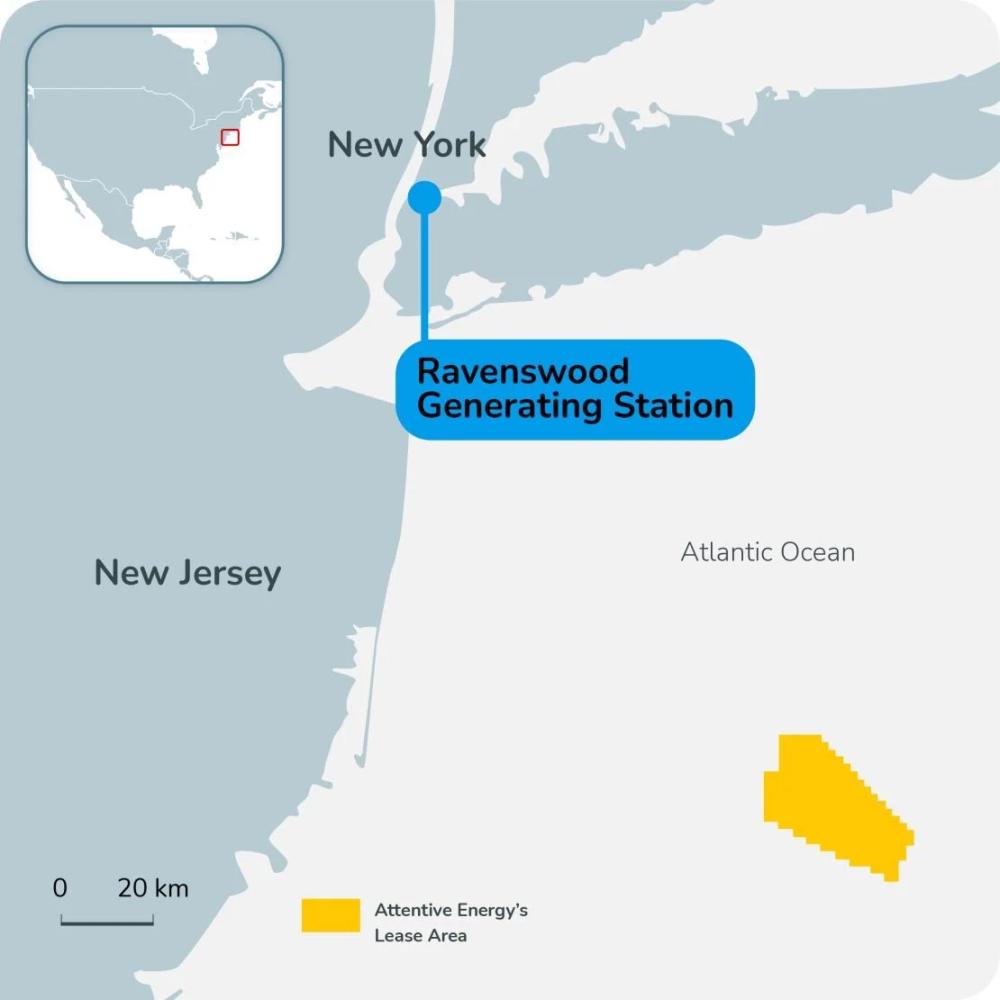
TotalEnergies said Oct. 23 it teamed up with offshore wind developer Corio Generation and electricity producer Rise Light & Power to develop a more than 3-GW wind project offshore New York and New Jersey.
The project, located on the maritime lease TotalEnergies secured in 2022 during the historic New York Bight auction, is expected to provide enough clean electricity to power more than 1 million homes, the company said in a news release. The auction was the highest-grossing competitive offshore energy lease sale in history, including oil and gas leases, at $4.37 billion.
With a $795 million bid, TotalEnergies Renewables USA subsidiary Attentive Energy was the winner of the 84,332-acre OCS-A-0538 lease area.
U.K.-based Corio and New York-based Rise jointly purchased stakes in the project for $420 million. Corio has a 27.7% stake in the project, Rise has 16.3% and TotalEnergies retains the remaining 56%, according to the Oct. 23 release.
As part of the agreement, Rise will manage the project’s interconnection at the Ravenswood Generating Station, where gas generators will be retired. Corio, which has more than 30 GW under development in Europe, Asia-Pacific and Americas, will bring its offshore wind development expertise to the project. TotalEnergies will serve as operator.
“This partnership reinforces TotalEnergies’ capacity to actively develop its presence in the U.S. renewables space where the company has a 25 GW portfolio of projects, in operation or development, including 4 GW in offshore wind,” Vincent Stoquart, senior vice president renewables at TotalEnergies, said in the release. “We are also happy to contribute, through the Attentive Energy project, to the reduction of greenhouse gas emissions in New York and New Jersey, and support the U.S. government’s goal to develop 30 GW of offshore wind in the country by 2030.”
CIP, Avangrid Raise $1.2B in Capital for Vineyard Wind 1
Energy investment firm Copenhagen Infrastructure Partners (CIP) and Avangrid Inc., a U.S.-based renewables arm of Iberdrola Group, said Oct. 25 they sealed a $1.2 billion tax equity package for the 800-MW Vineyard Wind 1 project offshore Massachusetts.
The financing agreement, which CIP called the largest single asset tax equity financing and the first for a commercial scale offshore wind project, was reached with J.P. Morgan Chase, Bank of America and Wells Fargo, CIP said in a news release.
“Finalizing this tax equity transaction is a critical milestone in executing the financing plan for Vineyard Wind 1,” Avangrid CEO Pedro Azagra said in the release. “It will allow us to continue financing the project to make it operational.”
Offshore wind developers have been challenged lately by supply chain issues and rising costs. However, many have moved forward with projects amid the push for lower-carbon energy resources to reduce emissions.
Vineyard Wind is expected to become the first commercial-scale offshore wind project in the U.S. when it begins operations. The project, which will feature 62 of GE’s 248 m tall Haliade-X wind turbine generators, is expected to enter service this year. Vineyard Wind is designed to produce enough electricity to power more than 400,000 homes and businesses. It is also expected to reduce emissions by more than 1.6 million tons per year, according to Iberdrola, which said that is equivalent to removing 325,000 vehicles from roads.
Power purchase agreements have already been reached with National Grid, Eversource and Unitil.
In September 2021, the Vineyard Wind joint venture said it had closed on $2.3 billion of senior debt to finance construction of the project, working with nine international and U.S. banks.
“Closing on a tax equity package has always been a central element to achieving financial success for the first-of-its-kind Vineyard Wind 1,” said Tim Evans, partner and head of North America for CIP. “With this investment, Vineyard Wind 1 moves Massachusetts closer to its goal of reducing greenhouse gas emissions by 50% by 2030.”
CCA Group, Santander Corporate & Investment Banking and Kirkland & Ellis LLP served as financial and legal advisors to Vineyard Wind 1, CIP and Avangrid on the tax equity package.
Hart Energy Staff and Reuters contributed to this report.
Recommended Reading
Enverus: 1Q Upstream Deals Hit $51B, but Consolidation is Slowing
2024-04-23 - Oil and gas dealmaking continued at a high clip in the first quarter, especially in the Permian Basin. But a thinning list of potential takeout targets, and an invigorated Federal Trade Commission, are chilling the red-hot M&A market.
Mighty Midland Still Beckons Dealmakers
2024-04-05 - The Midland Basin is the center of U.S. oil drilling activity. But only those with the biggest balance sheets can afford to buy in the basin's core, following a historic consolidation trend.
Life on the Edge: Surge of Activity Ignites the Northern Midland Basin
2024-04-03 - Once a company with low outside expectations, Surge Energy is now a premier private producer in one of the world’s top shale plays.
CEO Darren Woods: What’s Driving Permian M&A for Exxon, Other E&Ps
2024-03-18 - Since acquiring XTO for $36 billion in 2010, Exxon Mobil has gotten better at drilling unconventional shale plays. But it needed Pioneer’s high-quality acreage to keep running in the Permian Basin, CEO Darren Woods said at CERAWeek by S&P Global.
Analysts: Why Are Investors Snapping Up Gulfport Energy Stock?
2024-02-29 - Shares for Oklahoma City-based Gulfport Energy massively outperformed market peers over the past year—and analysts think the natural gas-weighted name has even more upside.


